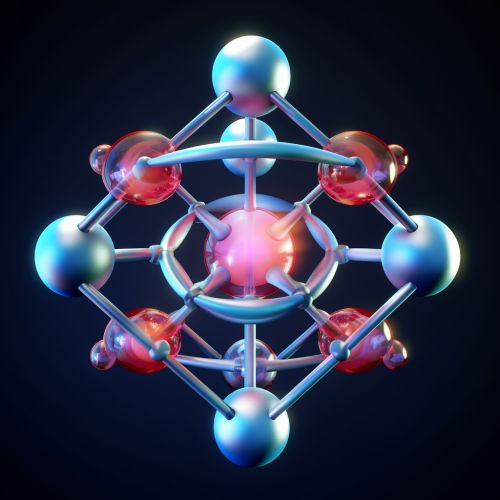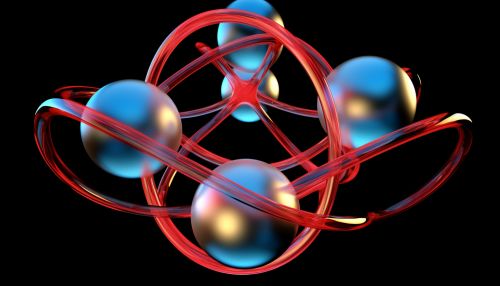Ozone
Introduction
Ozone is a chemical compound consisting of three oxygen atoms (O_3), forming a molecule with a strong odor. It is a less stable form of oxygen that is destructive to materials like rubber and fabrics, and harmful to many forms of life. Despite its destructive properties, ozone plays a crucial role in the earth's atmospheric layers, where it absorbs most of the Sun's ultraviolet radiation.
Physical and Chemical Properties
Ozone is a pale blue gas that condenses at progressively colder temperatures into a dark blue liquid and finally a violet-black solid. It has a distinctively pungent smell, detectable even at low concentrations. It is a powerful oxidant and has many industrial and consumer applications related to oxidation. This same high oxidizing potential, however, causes ozone to damage mucus and respiratory tissues in animals, and also tissues in plants, above concentrations of about 0.1 ppm.


Formation and Breakdown
Ozone is formed from dioxygen by the action of ultraviolet (UV) light and electrical discharges within the Earth's atmosphere. It is present in low concentrations throughout the Earth's atmosphere. In total, ozone makes up only 0.6 parts per million of the atmosphere. The high concentration of ozone in the upper atmosphere, known as the ozone layer, and the impact of ozone on human health and the environment, have led to the industrial production and use of ozone being heavily regulated.
Ozone Layer
The ozone layer is a layer of ozone high up in the Earth's atmosphere stratosphere, between approximately 10 kilometres and 50 kilometres above Earth's surface. The exact amount of ozone varies, depending on the seasons and the latitude. This layer absorbs 97 to 99 percent of the Sun's high frequency ultraviolet light, which is potentially damaging to life on earth. Over the last decade, long-term decreases in the ozone layer have led to an increase in carcinogenic skin cancer and cataracts, which depend on the amount of ultraviolet light absorbed by the atmosphere.
Ozone Depletion
Ozone depletion describes two related events observed since the late 1970s: a steady lowering of about four percent in the total amount of ozone in Earth's atmosphere (the ozone layer), and a much larger springtime decrease in stratospheric ozone around Earth's polar regions. The latter phenomenon is referred to as the ozone hole. In addition to these well-known stratospheric phenomena, there are also springtime polar tropospheric ozone depletion events.
Health Effects
Exposure to ozone and the pollutants that produce it is linked to premature death, asthma, bronchitis, heart attack, and other cardiopulmonary problems. Long-term exposure to ozone has been shown to increase risk of death from respiratory illness. A study by the U.S. Epidemiology Public Health and Air Pollution in Asia (PAPA) project, found that long-term exposure to ozone may lead to premature death.
Industrial and Commercial Uses
Ozone is used in industry and consumer products for its oxidative properties. For example, it is used in air purifiers and in water treatment to kill bacteria and other microorganisms. It is also used in the bleaching of waxes and oils, and in the production of pharmaceuticals.
See Also
Air Pollution Greenhouse Gases Climate Change
